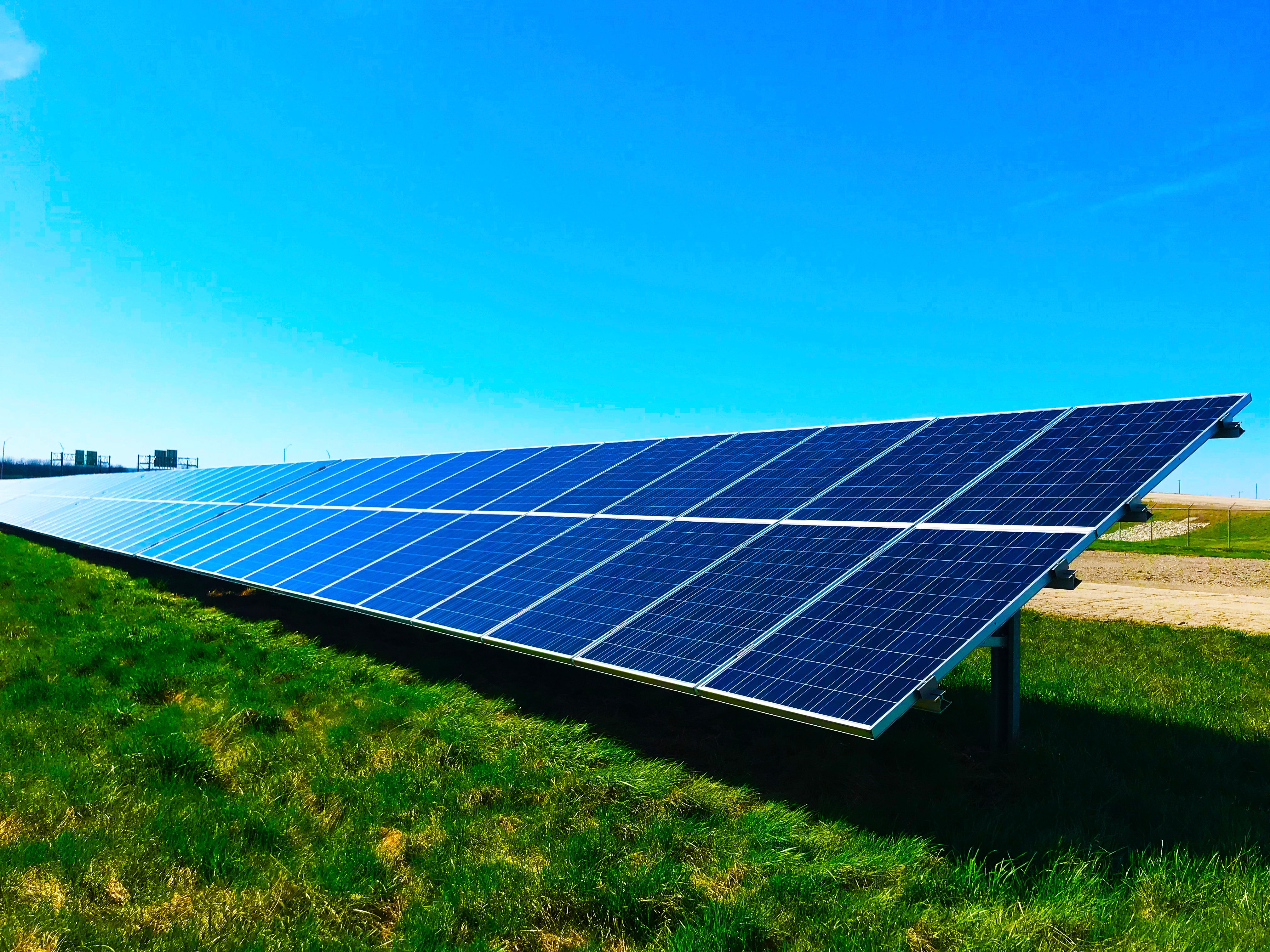This website uses cookies so that we can provide you with the best user experience possible. Cookie information is stored in your browser and performs functions such as recognising you when you return to our website and helping our team to understand which sections of the website you find most interesting and useful.
News
Climate Change Legislation at the State Level
New York State Passes Significant Renewable Energy Program
The Empire Center for Public Policy estimates that the state of New York generates 0.47 percent of all global greenhouse gas emissions. Nevertheless, in the final days of the 2019 New York legislative session, the governor and legislative leaders compromised to pass, on an emergency basis, “The Climate Leadership and Community Protection Act”—a breathtaking command-and-control regulatory program that will significantly impact virtually every corner of the state’s economy over the next three decades.
The legislation, S.6599, requires establishment of a statewide greenhouse gas emissions limit of:
a) 60 percent of 1990 emissions by 2030, and,
b) 15 percent of 1990 emissions by 2050
It also establishes a renewable energy program targeting 70 percent of electricity from renewables by 2030 and 100 percent carbon-free electricity by 2040.
The bill establishes a New York State Climate Action Council, the membership of which will consist primarily of unelected state officials, to develop the plan to achieve the statewide greenhouse gas emissions limits. Based on the recommendations of the Council, the Department of Environmental Conservation and other agencies will adopt far-reaching regulations affecting manufacturing, transportation, farms, office buildings and homes to mandate attainment of the emissions limits. The legislation requires all state agencies to consider whether, when issuing permits, licenses, and other administrative approvals and decisions, such decisions are consistent with or will interfere with the statewide greenhouse gas emissions limits.
Supporters believe the legislation will eventually create thousands of green-collar jobs, many created by massive state investments in wind and solar power. Additional workers may be needed to weatherize homes or pull out and replace oil/gas-burning furnaces.
Politically, no estimate on the eventual costs of the legislation was made a part of the final bill’s description or the voting process. Further, as part of the compromise, the Climate Action Council’s recommendations on new mandates will not be finalized and implemented until after the next gubernatorial election in 2022.
Republicans Oppose Capping Trade Pollution Credits in Oregon
In other state climate news, legislation introduced in Oregon and passed by the house would have been the second in the nation, after California, to cap and trade pollution credits among companies. Its purpose was to mandate an 80 percent reduction in carbon dioxide emissions from 1990 levels by 2050. The legislation would do this by capping carbon emissions and requiring businesses in every sector to pay for the greenhouse gasses they emit by buying or trading credits for every ton of carbon dioxide they emit. Over time, the state would make fewer and fewer credits available in order to force companies to emit less carbon dioxide.
Senate Republicans said the bill would be devastating to rural areas which rely on industries such as agriculture and logging. Republicans were so opposed they staged nine-day walk-out to prevent a vote on the legislation. However, the dramatic move was not necessary to stop the legislation as the Democrats ultimately did not have the necessary votes to pass the measure in the Senate and so they sent it back to committee, effectively killing it for the session.


